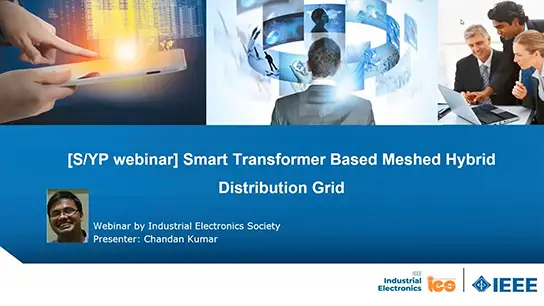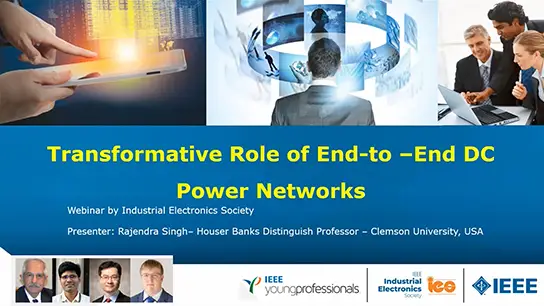-
Members: FreeIES
IEEE Members: Free
Non-members: FreePages/Slides: 1
13 Mar 2024
Power systems undergo major changes by including more complex devices, especially those resulting from power electronic equipment. The use of converters contributes to significant changes in the fault current levels making AC protection solutions insufficient to detect and eliminate fault currents. Additionally, distributed generation causes effects like protection blinding and makes classical protection schemes prone to maloperations or failure to operate.
Furthermore, the transmission systems are heading toward becoming hybrid using high-voltage AC (HVAC) and high-voltage DC (HVDC) connections. Hence, the systems can be affected not only by AC faults but also by DC faults, which make the power system far more vulnerable due to large fault current amplitudes. The protection schemes here are much more complicated as the current needs to be eliminated in several milliseconds (compared to several hundred milliseconds needed to eliminate the AC fault currents).
This course covers the design aspects of the power electronic converters used for DC applications, control of the power systems with the high penetration of renewable energy sources, and their protection. The main focus of the course is the description of the Transmission System Operator (TSO) maintained electrical grid with high voltage (HV) ratings, and DC connection, or so-called HVDC electrical grid. However, the course concludes with a description of the need for proper TSO-DSO coordination and the need for detailed power system planning.


